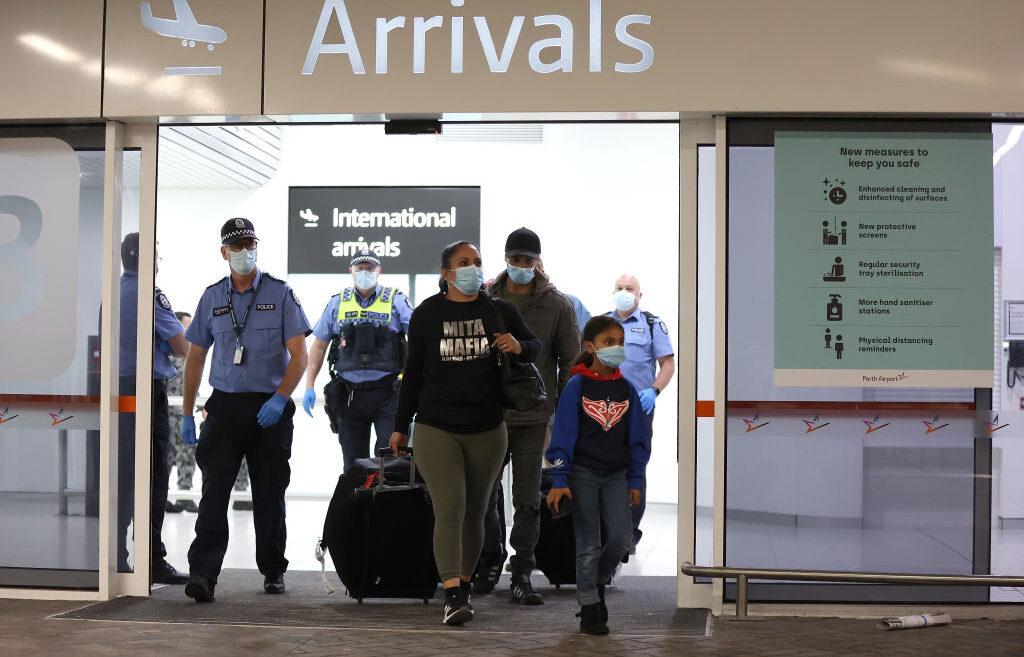Former health chief Jane Halton is optimistic that Australia will have a home quarantine system in place by Christmas when international borders open, which would save returning Australians a significant amount of expenses.
Halton, who is also leading the second review into Australia’s quarantine system, said once the 80 percent COVID-19 vaccination threshold is hit, home quarantine arrangements would be feasible.





